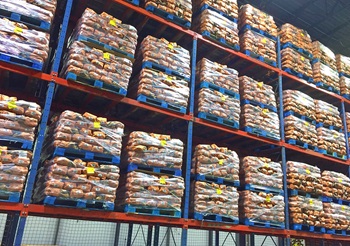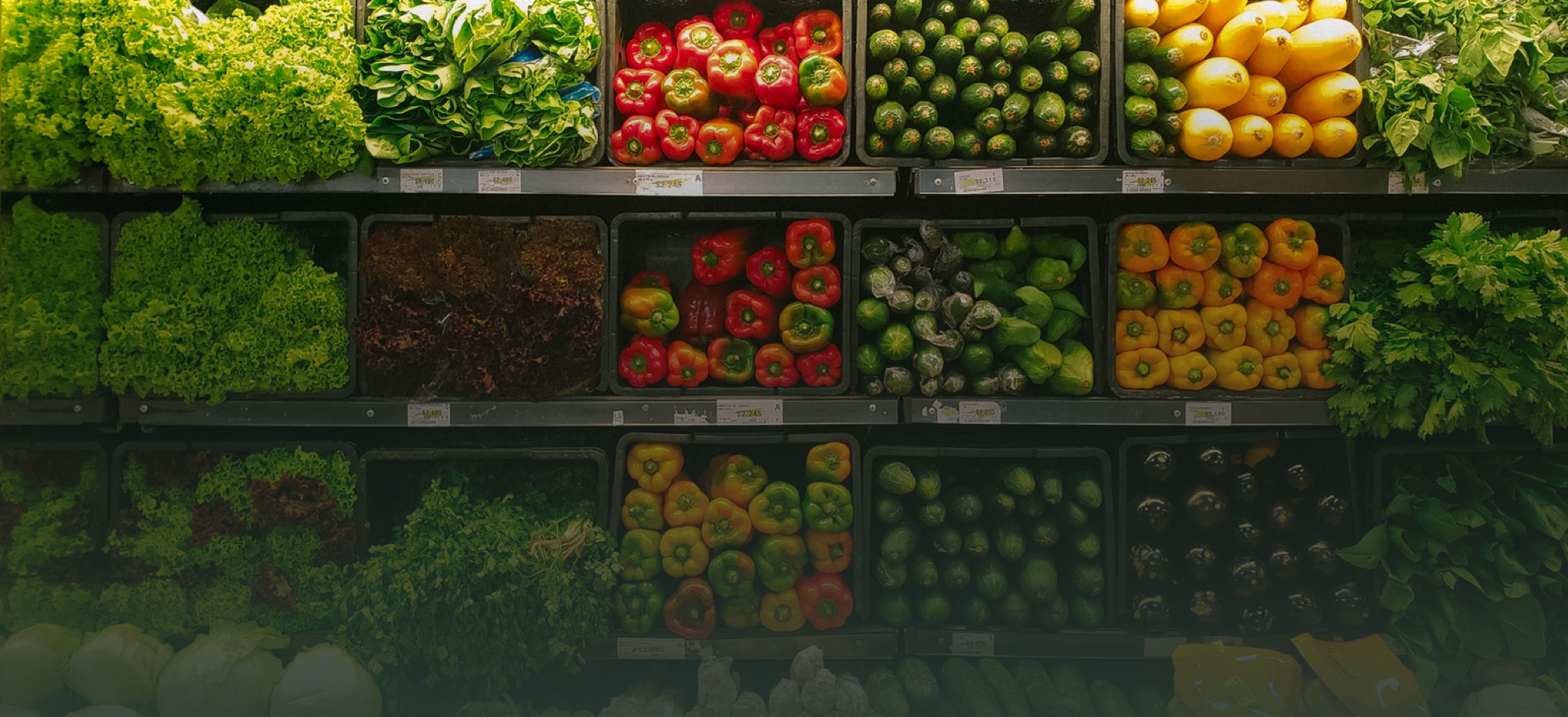By: Doug Baker, Vice President, Industry Relations, FMI

Unprecedented online grocery shopping growth because of COVID-19 has dramatically increased the need for efficiency and better understanding of online retail fulfillment operations. Last week, in a virtual program hosted by FMItech & The Center for Advancing Retail Technology (CART), we explored operational options and partners in distribution center supply chain technology. Marc Wulfraat, a supply chain and logistics consultant serving food retail, evaluated the following options for grocery ecommerce fulfillment.
In-Store Shoppers for Curbside Pick Up
The most common fulfillment solution retailers use is in-store shoppers either with internal resources or an in-store shopper valet partner such as Instacart or Shipt. Each customer order takes 30-60 minutes to fill and sometimes the shopper valet fulfills two orders at a time, but they still must go through a check out process with a point-of-sale system. This is the most expensive way for a retailer to fulfill an online order because of the labor intensity and limited options due to the inherent conflict with in-store customers.
Need for Speed Leads to Dark Store Models
A dark store model can be set up quickly to better meet demand. Typically, a dark store is 25,000 –70,000 sq. ft, 18’ high and is linked to other retail stores within a 60-mile radius. A dark store has a near complete assortment (e.g. 20,000 - 30,000 SKUs) but usually excludes store-manufactured, sensitive items and slow-moving items with short shelf life. Dark stores have manual operations, sometimes with conveyors and are primarily for next-day service. Wulfraat indicated dark stores are often a starting point for migrating to automation.
Micro-Fulfillment Center (MFC)
Typically, a micro-fulfillment center is 6,000 –25,000 sq ft with 18 –24’ high shelves and supports $25 –75 million in sales. Micro-fulfillment centers are usually attached to a retail store or situated within a dark store. Usually the MFC consists of three zones:
- Goods to person (GTP) automation.
- Manual quick-pick area.
- In-store picking.
The MFC’s automation can consist of shuttle or grid-robot systems and picking is 10 times faster than the in-store manual model. The automation system handles 50 –70% of overall volume and typically excludes: prepared foods, catchweight, fresh meat, fast velocity (e.g. bananas, bottled water), long-tail slow movers, and sometimes frozen food. An MFC primarily serves same-day service level but depends on geography.
Customer Fulfillment Center (CFC)
Typically, a CFC supports next day service level and is 300,000 - 550,000 sq. ft and 80’ high with $35- 500 million in sales. The CFC has centralized highly automated fulfillment for full assortment of SKUs. The automation consists of shuttle or grid robot technologies, and the service is online orders within a large geographic area upwards of 100-200 miles. The CFC transfers the order totes to other retail stores for hub and spoke in-store top off and then curbside pickup or last mile delivery.
The Best Way Forward
Wulfraat encourages retailers to consider advantages in automating fulfillment and shared these key questions to ask automation partners:
- Does the MFC vendor provide supporting software or is this provided by a third-party integrator?
- Does the MFC vendor manufacture their robots and equipment or is this done by another company?
- Does the MFC software manage all order components (automation system, fast pick aisle, in store) and does the software manage the consolidation of order components?
- What is a realistic sustainable pick rate expressed in order lines per hour that can be expected from the MFC automation? Assume 1.2 units per order line.
- Are there transaction expenses associated with the system that are in addition to the capital investment requirements for the system?
- What is the single highest risk of failure associated with the system? (e.g. a vertical lift goes down).
- Is there a one-to-one relationship between order picking operator and the MFC aisle? Can products from any aisle go to any order picker?
Over the week, we heard presentations from Alert Innovations, Autostore, Dematic, Fabric, and Takeoff. Contact Chad Ross for the recordings to better understand solutions for maximizing fulfillment space and gain an understanding of robotics and automation services.

 Industry Topics address your specific area of expertise with resources, reports, events and more.
Industry Topics address your specific area of expertise with resources, reports, events and more.
 Our Research covers consumer behavior and retail operation benchmarks so you can make informed business decisions.
Our Research covers consumer behavior and retail operation benchmarks so you can make informed business decisions.
 Events and Education including online and in-person help you advance your food retail career.
Events and Education including online and in-person help you advance your food retail career.
 Food Safety training, resources and guidance that help you create a company food safety culture.
Food Safety training, resources and guidance that help you create a company food safety culture.
 Government Affairs work — federal and state — on the latest food industry policy, regulatory and legislative issues.
Government Affairs work — federal and state — on the latest food industry policy, regulatory and legislative issues.
 Get Involved. From industry awards to newsletters and committees, these resources help you take advantage of your membership.
Get Involved. From industry awards to newsletters and committees, these resources help you take advantage of your membership.
 Best practices, guidance documents, infographics, signage and more for the food industry on the COVID-19 pandemic.
Best practices, guidance documents, infographics, signage and more for the food industry on the COVID-19 pandemic.
